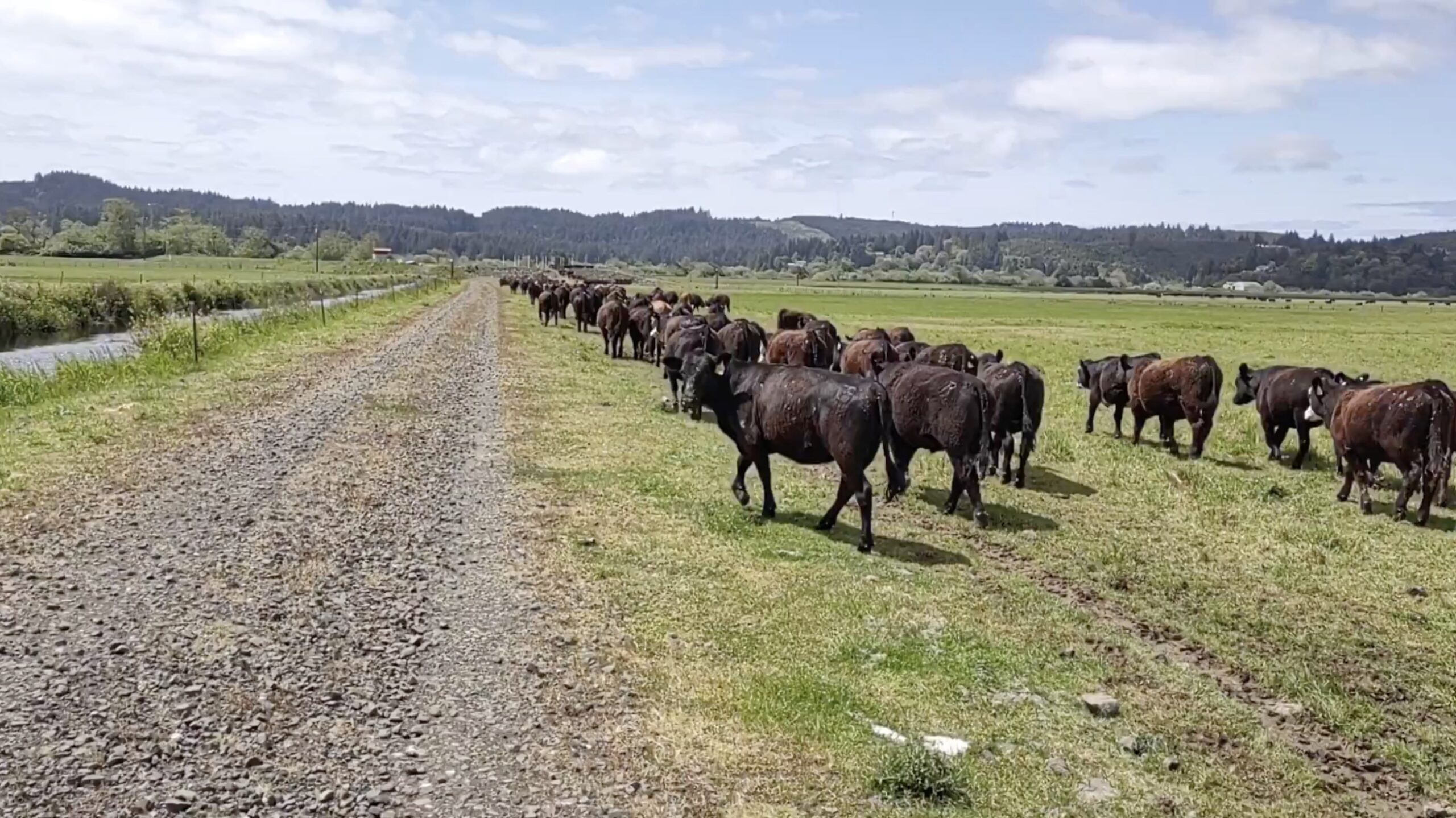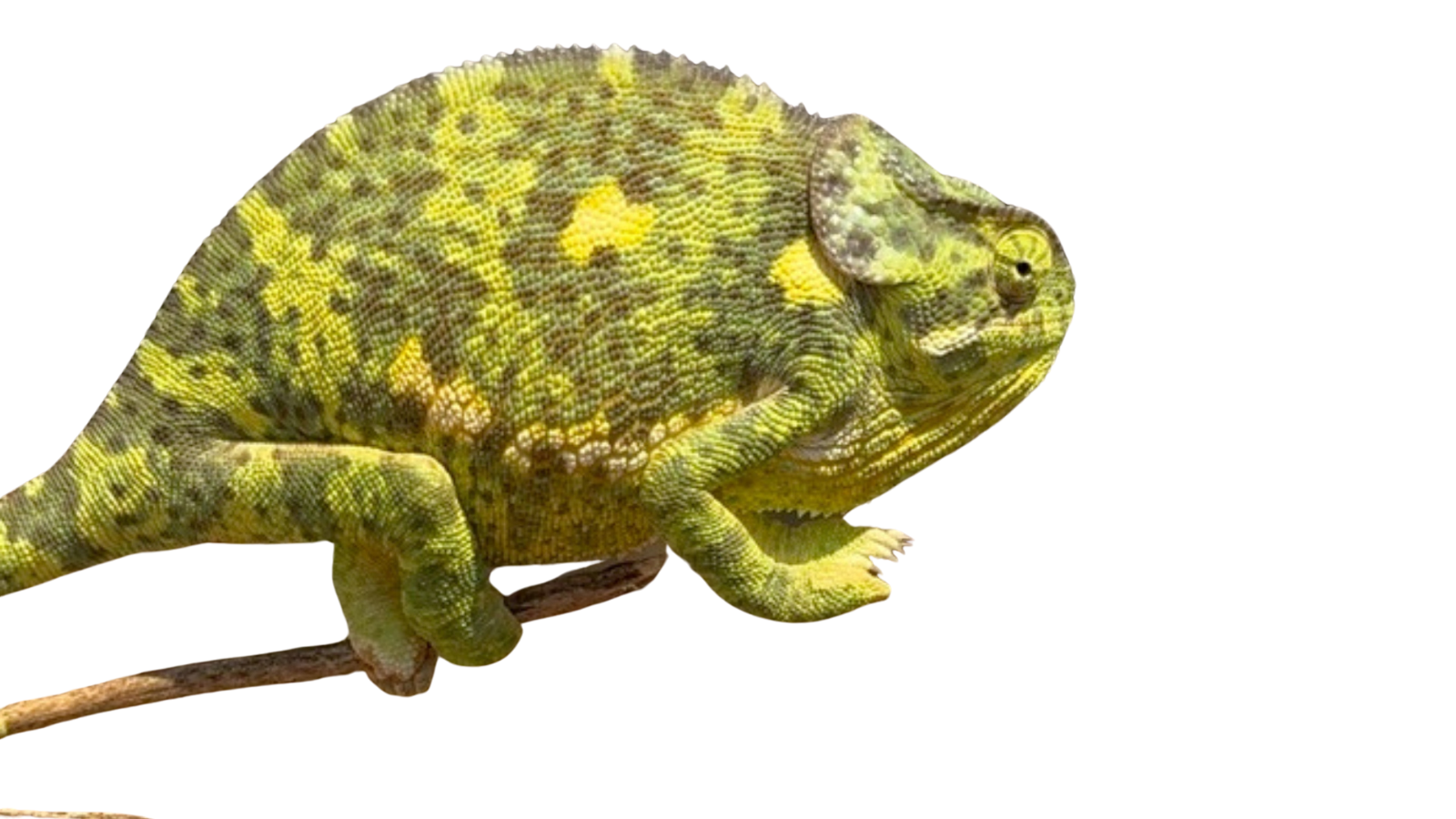
10
Last week I set the stage for a little set stocking experiment I did on ten acres of ground that I have always treated as ‘extra.’ It’s around the house, and I just want it to look pretty (see YouTube). I have five hundred acres of production ground where I raise 500 head of grass-finishing cattle and I don’t want to mess this little piece. After this year, I will think differently about it. This week I am going to give a play-by-play of what I did on this piece of land.
So, we have two milk cows on this 10-acre piece, and for a good part of the year, they are heavily subsidized with hay and other feed. In December and January, around here, the grass is green but very short and has no punch. In most years, the grass starts to get strong around mid-February, and the cattle start to pick up condition. By the first of March, the grass is starting to get ahead of the milk cows a little. It was at about this time that my friend brought his milk cow over to be friends with ours. So we had three head of Jerseys on these 10 acres. In mid-April, I brought three head of 1200+ pound beef animals up. I would have added more, but I don’t usually get cattle in until mid-April, and I am usually busy in spring, so it was about the first of May before I could add grazing pressure around the house. At that time, I brought another four head up from the main group of 500 stocker cattle. Soon it was pretty clear that was not going to be enough. I had a lot of grass, so I brought another five head up. Still not enough. By mid-May, I had 15 head of cattle, averaging a little less than 1000 pounds, and 20 head of sheep on these ten acres.
These animals started to eat down the grass, and then at a certain point, it felt like the grass and the animals were in a really good balance. Animal intake was about even with grass production. It stayed like this for what seemed like a while.
Then at the end of June, the cattle started to gain on the grass. I now had a problem. Bringing the cattle onto the hill is straightforward. I have a nice big corral, and I just run the cattle in, sort off what I want, throw them in the trailer and bring them across the road. But the ten acres on the hill aren’t set up for loading cattle, so our loading procedure is as follows: first, we prepare for loading cattle by periodically leaving the barn door open by accident. The cattle soon learn to go in there to eat the five bales of alfalfa stacked up for the milk cow. It’s important that the cattle make a terrible mess when they do this.
Our loading procedure was greatly aided by Peacan; the half Angus steer born to our milk cow. Since he grew up on the hill, he had spent many boring hours following his passions. He spent many of those hours learning how to open the barn door with his mouth. Having cracked the code, he would happily share his hay with all his friends. By the time we started loading the cattle, they felt totally at home going into the barn. Peacan taught us many things, how to go with the flow, how to create a successful homeschooling program, etc.
At the end of June, I took five head of cattle off in this way, and things were pretty well balanced again, but I knew it wouldn’t last forever at this time of year.
On July 5th, we killed Peacan and the other two beef we raised for ourselves and our friends. Rest in Peace, Peacan.
In mid-July, I took off another three head of cattle, and on the last few days of July, I took off the last beef steer and brought my friend’s milk cow back home. My friend lives in the suburbs in town, on a very narrow dead-end street, and I didn’t want to take the stock trailer down it. I found myself running down a back alley trying to keep up with a Jersey heifer, halter rope in my hand. I went past the well-maintained houses with new paint and hydrangeas and the not so well maintained houses with their broken-down cars and tarps to make up for any shortcomings. I ran past a guy sitting on his back porch drinking a beer, convinced he had now seen everything.
I had my five-year-old son, Able, in tow. Able was giggling uncontrollably. Able will spend hours telling me stories about animals running amok, on the ranch, in the tide gate, in town, and inside houses and buildings. I am serious, hours. He has a sixth sense for what makes me uncomfortable. When I first got into the livestock business, I had recurring nightmares of cattle inside buildings and running around in town. Here we were, living out his dream and my nightmare.
Anyway, with the milk cow safely not my problem, I turned my attention to the sheep, and by the first of August, the sheep had gone to auction. Good riddance. We were back to just two milk cows, and we started feeding hay to them. Next week I will discuss the lessons I learned from this little experiment, including why I felt the need to give a play-by-play analysis of this strategy. Spoiler alert, this method was surprisingly productive and seems to resemble the way wildebeest graze the southern portion of the Serengeti ecosystem.

